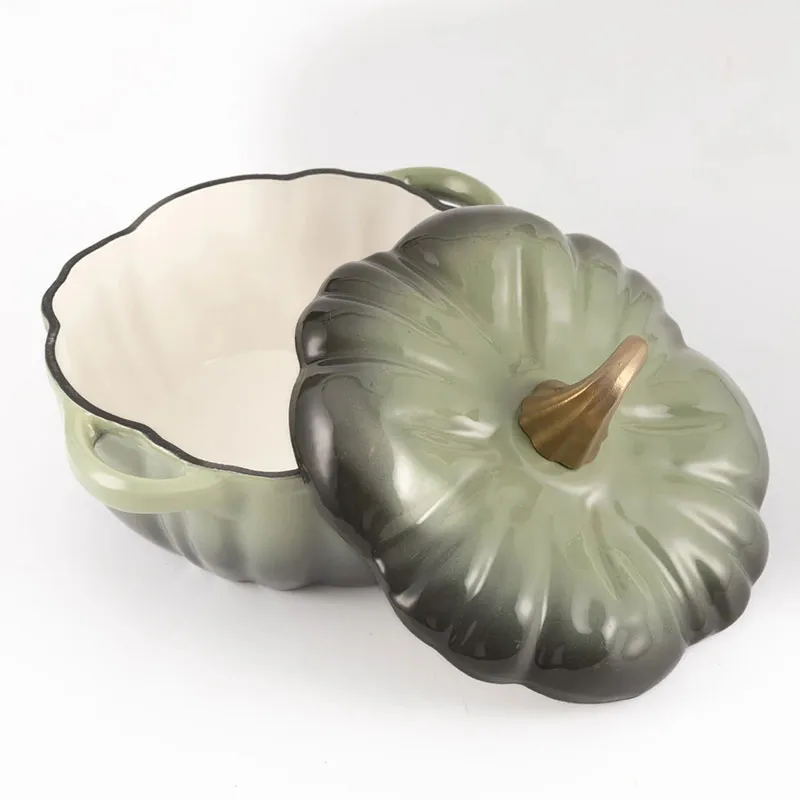
seasoning your cast iron skillet
Seasoning Your Cast Iron Skillet A Comprehensive Guide
Cast iron skillets are a culinary treasure, cherished for their ability to retain heat and distribute it evenly across cooking surfaces. However, to unlock the true potential of a cast iron pan, proper seasoning is essential. Seasoning not only enhances its non-stick surface but also prevents rust and improves the overall flavor of your dishes. Here’s a step-by-step guide to seasoning your cast iron skillet, ensuring a long-lasting and effective cooking companion.
Understanding the Basics of Seasoning
Seasoning a cast iron skillet involves applying a layer of fat or oil to the skillet, followed by heating it to create a polymerized coating. This layer acts as a barrier between the iron and moisture, preventing rust and enhancing the skillet's cooking performance. The oils used can include vegetable oils, flaxseed oil, or even animal fats like bacon grease.
Step 1 Cleaning Your Skillet
Before you begin seasoning, ensure that your skillet is clean and free of any old seasoning or rust. Wash it with warm, soapy water using a stiff brush or sponge. It’s important to note that this is one of the few times you can use soap on a cast iron skillet. Rinse thoroughly and dry immediately to prevent moisture from causing rust. If you encounter stubborn rust, you can lightly scrub it with fine steel wool.
Step 2 Applying Oil
Once your skillet is clean and dry, it’s time to apply the oil. Pour a small amount of your chosen oil onto the pan’s surface—around a tablespoon will suffice. Use a paper towel or a clean cloth to spread the oil evenly over the entire surface, including the handle and the sides. Ensure that the coating is thin; a thick layer can become tacky and result in uneven seasoning.
Step 3 Heating the Skillet
seasoning your cast iron skillet

Preheat your oven to 450°F (230°C). Place the skillet upside down on the top rack of the oven—this prevents excess oil from pooling in the pan. To catch any drips, place a baking sheet or aluminum foil on the rack below. Bake the skillet for about an hour. This heating process allows the oil to bond with the surface of the iron, creating a strong, durable non-stick finish.
Step 4 Cooling Down
After an hour, turn off the oven and leave the skillet inside to cool down gradually. This step is crucial as a rapid temperature change could cause the skillet to crack. Allowing it to cool in the oven will also contribute to better seasoning.
Step 5 Repeating the Process
For optimal seasoning, it’s beneficial to repeat the oil application and heating process 2-3 times initially. Each layer builds on the previous one, resulting in a more robust non-stick surface. Regular use of the skillet, combined with proper maintenance, will contribute to its seasoning. Cooking with fats, such as oils or butter, helps enhance the seasoning naturally over time.
Maintenance Tips
To maintain your cast iron skillet, avoid soaking it in water. After cooking, simply wipe it down with a damp cloth or lightly scrub with a stiff brush. If food residues are stubborn, use coarse salt as an abrasive to scrub. Finally, dry the skillet thoroughly and apply a very thin layer of oil to protect it before storing it.
Conclusion
Seasoning your cast iron skillet is a rewarding and beneficial process that ensures longevity and enhanced cooking performance. A well-seasoned skillet becomes more than just a piece of cookware; it transforms into an integral part of your culinary adventures, capable of producing delicious meals for years to come. Embrace the art of seasoning, and your cast iron skillet will serve you and your family with delicious flavors and memories.
-
Season Cast Iron Perfectly with GPT-4 Turbo TipsNewsAug.01,2025
-
High Quality Cast Iron Cookware - Baixiang County Zhongda MachineryNewsAug.01,2025
-
Premium Cast Iron Pan: Durable & Perfect HeatNewsAug.01,2025
-
High Quality Kitchen Durable Black Round Cast Iron Cookware Pancake Crepe Pan-Baixiang County Zhongda Machinery Manufacturing Co., Ltd.NewsAug.01,2025
-
Cast Iron Cookware - Baixiang County Zhongda Machinery | Nonstick, Heat ResistanceNewsAug.01,2025
-
High Quality Kitchen Durable Black Round Cast Iron Cookware - Baixiang County Zhongda Machinery | Non-Stick, Heat Retention, DurableNewsJul.31,2025


